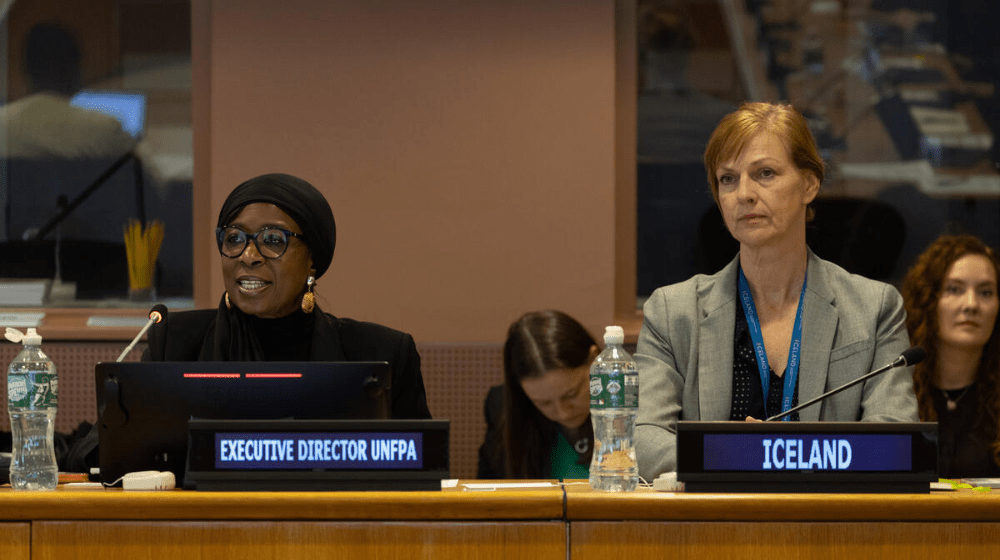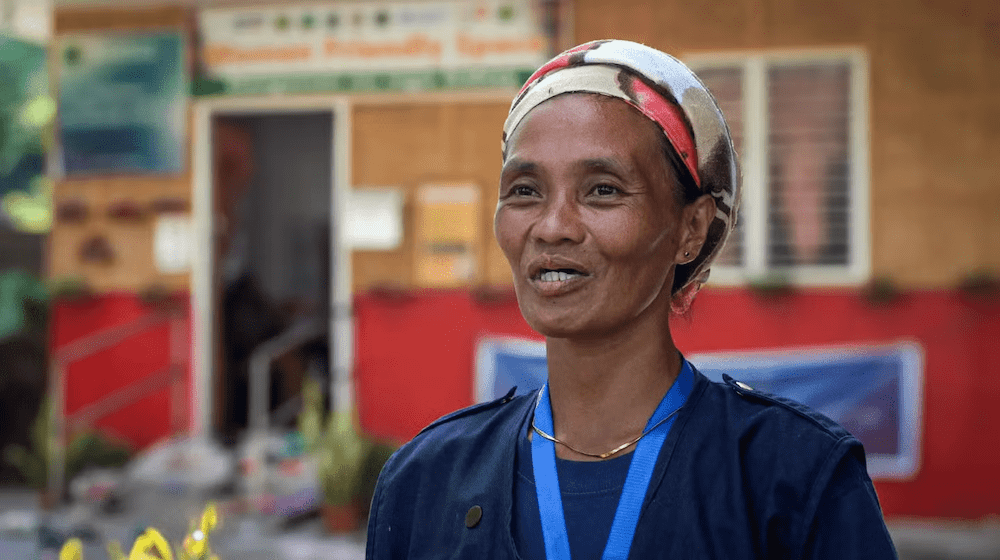Netherlands
Donor rankings include UN-to-UN transfers, which are UNFPA's top source of revenue overall.
Effective 1 January 2022, UNFPA adopted a new revenue recognition policy; however, for the purposes of this website, information is presented based on previous policy to allow comparability of information across different years.
Donor Global Statistics
News & Updates
Pagination
Canada
Donor rankings include UN-to-UN transfers, which are UNFPA's top source of revenue overall.
Effective 1 January 2022, UNFPA adopted a new revenue recognition policy; however, for the purposes of this website, information is presented based on previous policy to allow comparability of information across different years.
Donor Global Statistics
News & Updates
Pagination
UNFPA Response in Yemen Monthly Situation Report #12 – December 2020
Resource date: 31 December 2020
Publisher: UNFPA Yemen
Yemen continues to be the world’s worst humanitarian crisis with over 24 million people – 80 per cent of the population – in need of some form of humanitarian assistance or protection. In 2020, the situation, which is primarily driven by conflict and an economic blockade, was exacerbated by COVID-19, heavy rains and flooding, escalating hostilities and currency collapse.
Regional Situation Report for Syria Crisis #99 November 2020
Resource date: 30 November 2020
Publisher: UNFPA Regional Syria Response Hub
UNFPA Response in Yemen Monthly Situation Report #11 – November 2020
Resource date: 30 November 2020
Publisher: UNFPA Yemen
The humanitarian crisis in Yemen remains the worst in the world; further deteriorating in 2020, driven by an escalating conflict, collapsing economy, a depreciating currency; exacerbated by torrential rains and flooding, COVID-19 and a fuel crisis. An estimated 24.1 million people – over 80 per cent of the population – are in need of some form of assistance, including 14.4 million who are in acute need.
UNFPA Response in Yemen Monthly Situation Report #10 – October 2020
Resource date: 31 October 2020
Publisher: UNFPA Yemen
The humanitarian crisis in Yemen remains the worst in the world; further deteriorating in 2020, driven by an escalating conflict, collapsing economy, a depreciating currency; exacerbated by torrential rains and flooding, COVID-19 and a fuel crisis. An estimated 24.1 million people – over 80 per cent of the population – are in need of some form of assistance, including 14.4 million who are in acute need.
News
Midwives on the front lines working to reverse Afghanistan’s high maternal death rate
21 October 2020UNFPA Response in Yemen Monthly Situation Report #09 – September 2020
Resource date: 30 September 2020
Publisher: UNFPA Yemen
The humanitarian crisis in Yemen remains the worst in the world; driven by five years of conflict and political instability. Humanitarian conditions continue to deteriorate, including internal displacement, famine, outbreaks of cholera and COVID-19. An estimated 24.1 million people – over 80 per cent of the population – are in need of some form of assistance, including 14.4 million who are in acute need.
UNFPA Response in Yemen Monthly Situation Report #08 – August 2020
Resource date: 31 August 2020
Publisher: UNFPA Yemen
The humanitarian crisis in Yemen remains the worst in the world; driven by five years of conflict and political instability. Humanitarian conditions continue to deteriorate, including internal displacement, famine, outbreaks of cholera and COVID-19. An estimated 24.1 million people – over 80 per cent of the population – are in need of some form of assistance, including 14.4 million who are in acute need.
Escalation and Response in Marib Governorate in Yemen Flash Update #05
Resource date: 17 September 2020
Publisher: UNFPA Yemen


